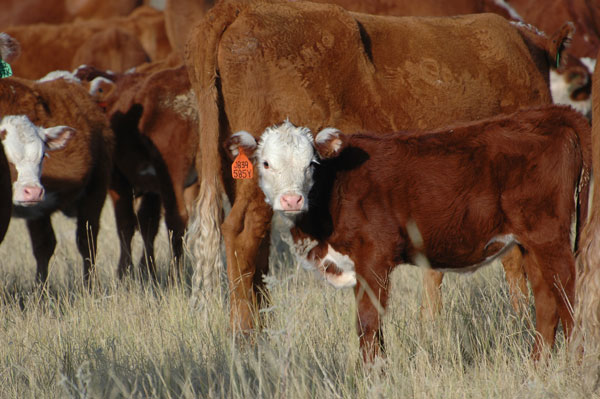Deliberate genetic focus results in quality boost
Beef producers have been deliberate in their genetic management and consumers are reaping the benefit with higher-quality beef.
January 2, 2020

About 80% of fed cattle carcasses this year will end up grading Choice and Prime, compared to a little more than 50% just 15 years ago.
“The rise in quality grades across the industry has been very intentional, and the factors behind this improvement have been well-documented,” explained Mark McCully at the 2018 Beef Improvement Federation (BIF) Research Symposium.
“Improvements in cattle genetics and management, supportive feeding economics and grading technology enhancements have all contributed to the trend; but ultimately, the industry has responded to the market signals calling for more high-quality beef.” At the time, McCully was vice president of production for Certified Angus Beef LLC. He now serves as CEO of the American Angus Association.
And consumers continue to respond. As the percentage of Choice and Prime carcasses rises, so does U.S. and worldwide demand, by and large — even as price spreads widen.
“Consistent carcass premiums of $4 to $8 per cwt — the spread between branded cutout values and the comprehensive cutout — is forcing commercial cattle feeders to strive for increased carcass quality,” explained Don Close, senior analyst of animal protein for Rabo AgriFinance, at this year’s Kansas State University Beef Stocker field day.
“The discounts you have on nonperforming or commodity cattle, that spread is going to be the driver of the price spreads in feeder cattle quality that we’ve talked about for 20 years.”
While technology, management and economic incentive play a role, the requisite underlying genetic progress is more than extraordinary when you consider the biological cycle of a cow and generation interval.
Commercial cow-calf producers are responsible for steering toward increased carcass quality, but so are the seedstock breeders, large and small, who build, filter and provide the genetics used. You can find a broad overview in BEEF’s exclusive survey of commercial producers.
“It is often believed today that successful breeders have some mysterious method of which others are ignorant. Instead, the principles of the successful breeder have been exceedingly simple … the difficulty lies not so much in knowing the principles, but applying them.”
That’s from “Principles of Livestock Breeding,” written by Sewall Wright in 1920 and published by USDA. Wright was part of USDA’s Animal Husbandry Division in the Bureau of Animal Husbandry. Think of that.
Richard Willham cited Wright in a 1982 paper exploring genetic beef cattle improvement. Willham was a longtime researcher and educator at Iowa State University, and is commonly regarded as the father of EPDs and a main pillar of modern beef genetic evaluation.
It’s too easy to forget: There was no industrywide standard for collecting and reporting the cattle performance necessary for breedwide genetic evaluation until Performance Registry International was established in the mid-1950s, followed by BIF in 1968. State beef cattle improvement organizations were the forerunners of those.
Never mind the tools it would take to transform the data into useful and accurate selection information.
While emphasizing the need for producers to be mindful of other economically relative traits in their herds, McCully concluded, “The beef industry is more economically viable and sustainable today as a result of cattlemen intentionally improving eating satisfaction and growing demand through a focus on quality.”
“Good judgment, industry and persistence in following a given aim, as well as knowledge of sound principles, have been the qualities which have made successful breeders,” Wright wrote. The same can be said of savvy commercial producers.
In a 2013 episode of “I Am Angus,” Willham explained, “The whole thing is developing the goal of what you want to do, figuring out how to do it — and then get yourself in gear and do it.”
About the Author(s)
You May Also Like




.png?width=300&auto=webp&quality=80&disable=upscale)
